Amoba
How to play Amoba
- Use the arrow keys to navigate the cursor over the grid.
- Press the enter key to place your symbol on the selected spot on the grid.
- Aim to align a specific number of your symbols in a row either horizontally, vertically, or diagonally.
- Block your opponent's attempts to align their symbols while working on your strategy.
- Choose between playing against another player or facing the computer AI in a battle of wits.
Amoba Description
Amoba 2011 is a compelling and straightforward puzzle-strategy game designed for the DOS operating system. In this enchanting title, players engage in a classic match of wits, reminiscent of the traditional game of Tic-Tac-Toe, but with a unique twist that provides a fresh challenge. The objective of Amoba 2011 is simple yet engaging: players must align a sequence of symbols in a row on a grid to win. However, unlike its predecessor, Amoba 2011 introduces a larger playing field and the possibility of playing against sophisticated AI, making each match an unpredictable and stimulating experience.
Developed and published by independent creators, Amoba 2011 stands out for its simplicity, minimalistic design, and the depth of strategy it offers. Designed to run on the DOS platform, the game captures the essence of classic puzzle-solving and strategic thinking, making it a perfect choice for fans of retro gaming and newcomers alike. Its top-down perspective ensures an unobstructed view of the game board, allowing players to plan their moves with precision.
Amoba 2011 captures the essence of strategy and puzzle-solving in a simple yet profound way. With its roots in classic gameplay and a nod to modern strategy elements, it's a timeless DOS game that continues to challenge and entertain players.
Cheats/Hints/Walkthroughs for Amoba

Introduction to Amoba 2011: A Classic Puzzler Reimagined
Amoba 2011, a fresh take on the enduring classic puzzle game for DOS platforms, has captivated players with its simple yet profound gameplay mechanics. This version, crafted with a modern touch while staying true to its roots, offers both nostalgia and a new challenge for enthusiasts and newcomers alike. In this exploration, we dive into the essence of Amoba 2011, unraveling its gameplay intricacies, historical significance, and the timeless appeal that makes it a unique gem in the realm of DOS gaming.
The Gameplay of Amoba 2011: Strategic Depth and Simplicity
Amoba 2011 operates on a straightforward premise that belies a deep strategic layer. Players engage in a battle of wits, placing pieces on a grid with the goal of creating an unbroken line of five symbols — horizontally, vertically, or diagonally. This seemingly simple objective is the cornerstone of Amoba's addictive gameplay, encouraging players to think ahead, anticipate their opponent's moves, and craft strategies to achieve victory while thwarting their adversary's efforts.
Historical Context: The Evolution of a Puzzle Classic
The origins of Amoba trace back to the traditional game of Gomoku, a board game that has been played for centuries across different cultures. Amoba 2011's rendition for DOS platforms brings this classic gameplay to personal computers, allowing players to experience the game's timeless strategy in a digital format. This transition not only preserved the game's essence but also introduced it to a wider audience, contributing to its legacy in the digital era.
Cultural Impact and Enduring Appeal
Amoba 2011, much like its predecessors, holds a special place in the hearts of puzzle game aficionados. Its appeal lies not just in its engaging gameplay but also in its ability to foster critical thinking and strategic planning. The game's simplicity, requiring minimal graphics and system resources, ensures that it remains accessible to a broad audience, including those with older computer systems. Moreover, Amoba 2011 serves as a bridge between generations, offering a shared experience that transcends age and technological advancements.
Similar Games for Enthusiasts
For players who find the strategic depth and puzzle-solving aspects of Amoba 2011 captivating, several similar games offer comparable experiences. Classics such as "Reversi" (also known as Othello), "Chess", and "Checkers" provide timeless strategic gameplay. More modern interpretations like "Connect Four" and "Tic-Tac-Toe" also offer straightforward yet engaging puzzle mechanics. These games, each with its unique twist on strategy and problem-solving, are perfect for players looking to explore beyond Amoba 2011.
Conclusion: A Modern Classic Worth Exploring
Amoba 2011 stands as a testament to the enduring appeal of simple yet profound gameplay mechanics. Its successful blend of historical significance, strategic depth, and cultural impact makes it a compelling experience for both seasoned players and those new to the world of DOS gaming. Whether you're revisiting this classic or discovering it for the first time, Amoba 2011 offers a timeless challenge that is sure to captivate and engage. As we reflect on its place within the pantheon of puzzle games, it's clear that Amoba 2011 is not just a game of strategy but a piece of digital heritage that continues to inspire and entertain.






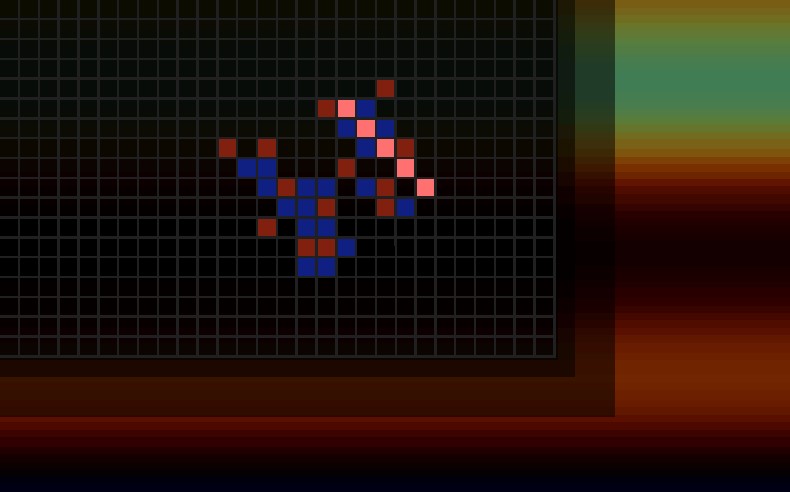

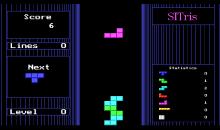

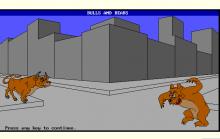

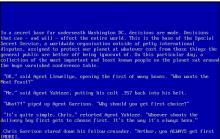
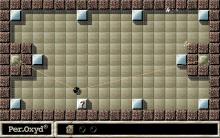



Write a comment